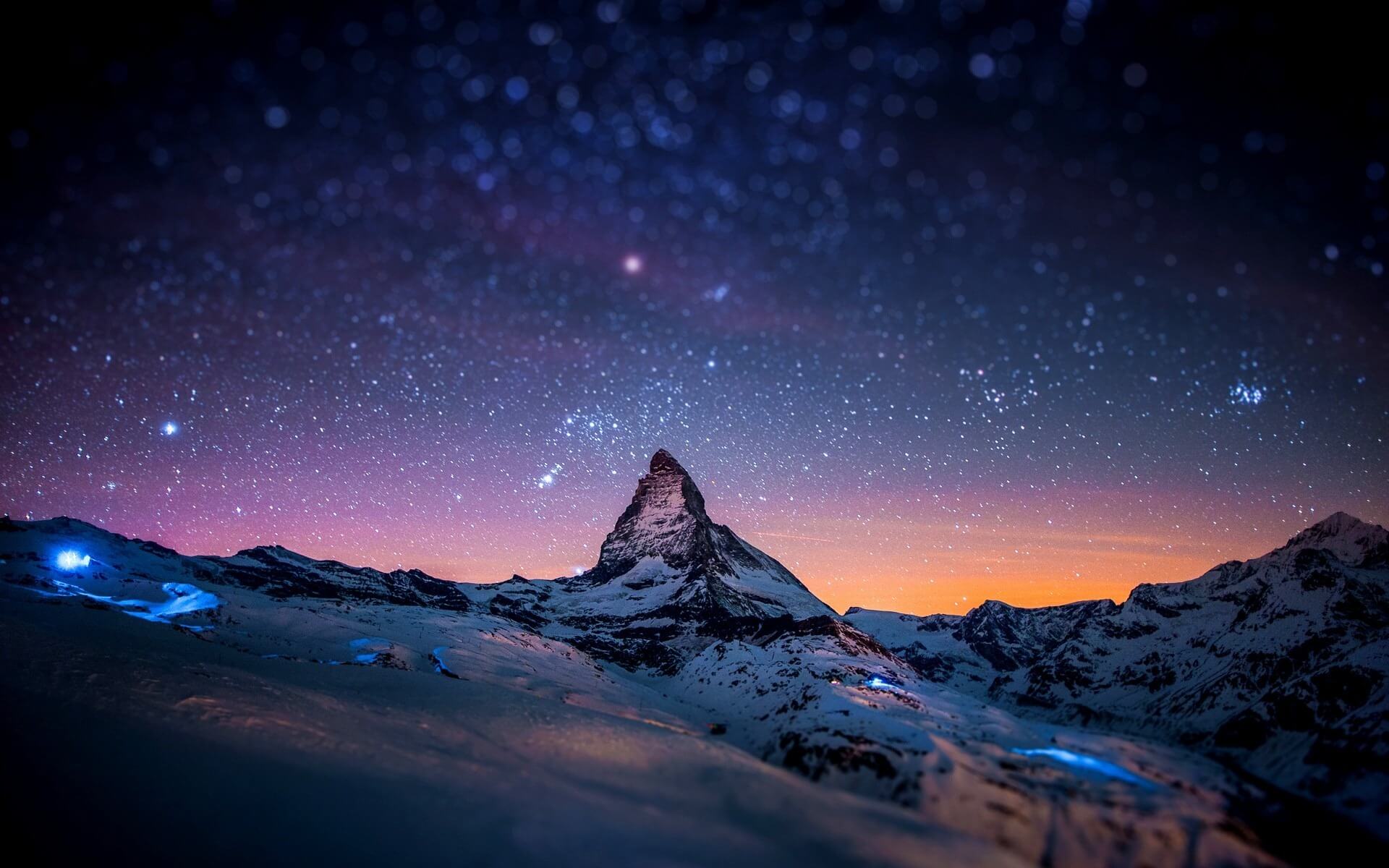In ancient writings and traditions one can find proof of a time when the moon did not exist. Democretus and Anaxagoras mention that there was a time when no moon could be seen in the night skies. In describing the history of the Greek region of Arcadia, Aristotle writes that the Pelasgians lived in the area since very old times; at a time when the moon did not exist. Apollonios from Rhodes mentions something similar; he talks about a time when not all of the celestial objects existed in the sky; before the time of Deucalion’s and Pyrra’s generation (before the cataclysm); when the moon did not exist and the only humans that existed were the Pelasgians living on the mountains of Arcadia (region in Greece). These inhabitants of Arcadia where also known as Proselenes (meaning “those that were before moon” in Greek).
In Plutarch’s work “Morals” we find the following<: “There were Arcadians of Evander’s following, the so-called pre-Lunar people. Similarly, Ovid wrote: “The Arcadians are said to have possessed their land before the birth of Zeus, and the folk is older than the Moon.” Stephanus of Byzantium wrote: “Arcadians and females, both exist before the moon”. Hippolytus refers to a legend that “Arcadia brought forth Pelasgus, of greater antiquity than the moon.” Lukianos in his Astrology says that “the Arcadians affirm in their folly that they are older than the moon”.
Evidence has also been found in other parts of the world.In Bolivia symbols on the wall of the courtyard of Kalasasaya (built in 13,000 BC) provide evidence that the moon came into orbit around the Earth at a specific moment in time thousands of years ago, long before what mainstream historians refer to as recorded history. Moreover the calendar gate in the same site provides evidence that a smaller satellite once rotated around the Earth.
The oral traditions of Colombian Indians of the Bogota highlands in the eastern Corldilleras of Colombia refer to a time before the moon. . “In the earliest times, when the moon was not yet in the heavens,” say the tribesmen of Chibchas (1). Africa also provides its own evidence. According to Zulu legend, the moon was brought hundreds of generations ago by two brothers of alien form, Wowane and Mpanku.
What does all this mean? The ancient memory of an Earth inhabited by humans without a moon has passed from generations to generations forming the traditions of numerous civilizations. How did the moon get there? Is it a part of the Earth? A planet that entered the magnetic Earth’s magnetic field? Was it naturally formed or made by some lost civilization?
Sources
- A. von Humboldt, Vues des Cordilléres (1816), English transl.:Researches Concerning the Institutions and Monuments of the Ancient Inhabitants of America, (1814), vol. I, p. 87; cf. H. Fischer,In mondener Welt (1930), p. 145


